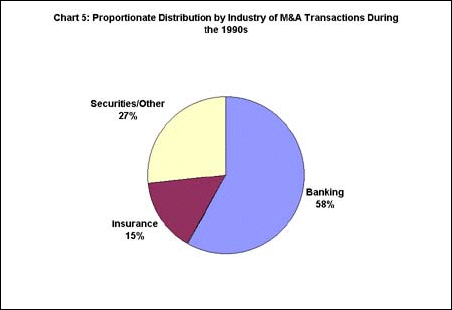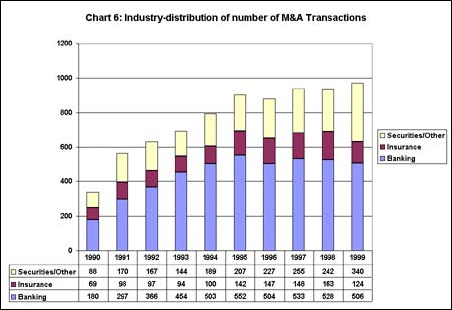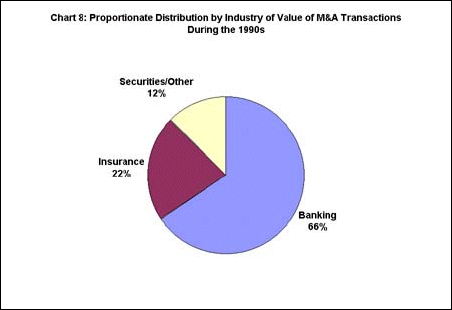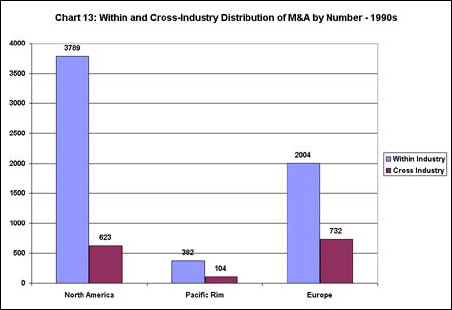|
During the 1990s,
the three-decade long process of proliferation and rise
to dominance of finance in the global economy reached
a new phase. On the one hand, evidence was growing that
the rise of finance, and the financial liberalization
it encouraged and enforced, was resulting in financial
instability of a kind that was undermining the real
economic gains registered in different parts of the
world since the Second World War. On the other hand,
the international financial system was being transformed
in directions that were substantially increasing systemic
risk, and rendering the system more crisis-prone. Central
to this transformation was a growing process of financial
consolidation that is concentrating financial activity
and financial decision making in a few economic organizations
and integrating hitherto demarcated areas of financial
activity that had been dissociated from each other to
ensure transparency and discourage unsound financial
practices.
Concerned with the consequences and implications of
this process Finance ministers and Central Bank Governors
of the Group of 10 commissioned a study of financial
consolidation, the recently released results of which
are quite revealing. The study covered besides the 11
G-10 countries (US, Canada, Japan, Belgium, France,
Germany, Italy, Netherlands, Sweden, Switzerland and
UK), Spain and Australia. It found, as expected, that
there has been a high level of merger and acquisition
(M&A) activity in the study countries during the
1990s, with an acceleration of such activity especially
in the last three years of the decade.
As Chart 1 shows, The number of acquisitions by financial
firms from these countries increased from around 337
in 1990 to over 900 by 1995, and has more or less remained
between 900 and 1000 a year since then. What is more
the size of each of these acquisitions has increased
substantially since the mid-1990s. The total value of
financial sector M&A initiated by firms in these
countries, which stood at $39 billion in 1990 and $53
billion in 1994, rose three-fold to $154 billion in
1995 and $299 billion, $499 billion and $369 billion
respectively in 1997, 1998 and 1999 respectively (Chart
2). This was because the average value of the M&A
instances covered rose from just $224 million and $111
million in 1990 and 1994, to touch $504 million, $793
million and $649 million respectively during the last
three years of the decade (Chart 3). As a result the
annual value of M&A transactions, which stood at
less than 0.5 per cent of the GDP of these nations in
the early 1990s, had risen to as much as 2.3 per cent
of their GDP in 1998. Clearly, M&A in the financial
sector is creating large and complex financial organizations
in the international financial system (Chart 4).

Chart
1 >> Click
to Enlarge

Chart
2 >> Click
to Enlarge

Chart
3 >> Click
to Enlarge

Chart
4 >> Click
to Enlarge
The banking sector tended to dominate the M&A
process in the financial sector, accounting for as much
as 58 per cent of the value of M&A during the 1990s
as a whole, as compared with 27 per cent in the case
of ‘securities and other’ firms and 15 per
cent in the case of the insurance industry (Chart 6).
However, a closer look at the evolution of M&A activity
through the 1990s suggests that while the instances
of M&A in the banking industry were rising rapidly
during the first half of the 1990s, they have tended
to stagnate, while instances of M&A among securities
and insurance firms have been on the rise. As a result,
by the end of the 1990s, the number of instances of
M&A among non-banking financial firms was almost
as large as those among banking firms. The process of
concentration is clearly sweeping through the financial
sector as a whole (Chart 5). However, given the large
size of the banks as financial institutions, the banking
industry dominates financial sector merger activity
in value terms (Charts 7 and 8).

Chart
5 >> Click
to Enlarge

Chart
6 >> Click
to Enlarge

Chart
7 >> Click
to Enlarge

Chart
8 >> Click
to Enlarge
Over the 1990s as a whole the evidence seems to
be that M&A activity was largely industry-specific,
with banking firms tending to merge dominantly with
other banks (Charts 13 and 14). However, matters seem
to be changing here as well. While in 1994 there was
one instance of cross-industry M&A for every five
instances of intra-industry mergers, the ratio had come
down to one in every three by 1999. The merger and acquisition
drive within the financial sector is not merely creating
large and excessively powerful organizations, but firms
that straddle the financial sector. Exploiting the process
of financial liberalization these firms were breaking
down the Chinese Walls that had been built between different
segments of the financial sector.

Chart
13 >> Click
to Enlarge

Chart
14 >> Click
to Enlarge
|

